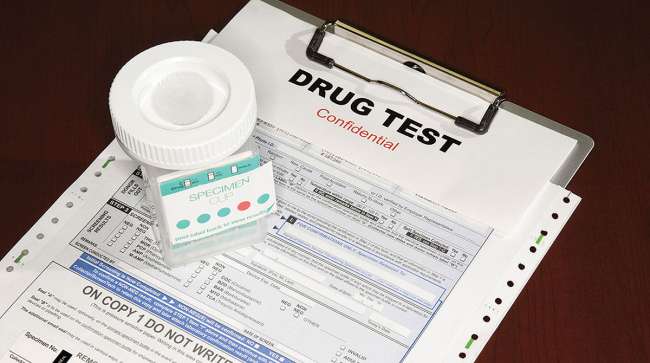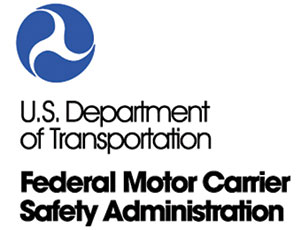Senior Reporter
Driver Drug Violations Increased by 10% in 2021 Over Prior Year

[Stay on top of transportation news: Get TTNews in your inbox.]
The total number of truck driver drug violations increased by 10% in 2021, compared with total numbers reported in 2020, according to a new federal Drug & Alcohol Clearinghouse summary report.
The new Federal Motor Carrier Safety Administration report said the number of driver drug violations in all of 2021 totaled 58,215, compared with 52,810 in 2020, when the Clearinghouse first went into effect on Jan. 6 .
Those numbers include drug test failures, disqualifications resulting from carrier knowledge of a driver’s drug use and refusals by drivers to take a drug test, the report said.
Clearinghouse MonthlyReport... by Transport Topics
However, positive drug tests accounted for the overwhelming majority of drug violations, rising in 2021 to 55,223, from 53,557 the prior year. By far, the largest number of positive driver test results were for marijuana, which increased to 31,085 in 2021, up from 29,511 the prior year. Positive marijuana test results totaled more than 55% of all driver drug test failures.
The number of positive cocaine test results also increased, to 8,765 for all of 2021, from 7,940 the prior year.
Positive drug test numbers slightly declined for 11 of 12 other drug test categories.
The report numbers continued to raise concerns about the large number of drivers who, after being disqualified to drive after drug violations, did not enroll in the agency’s return-to-work program and pass a subsequent drug re-test to get back behind the wheel.

As of Jan. 1, 104,840 drivers had at least one drug or alcohol violation, but of that number only 23,788 CDL and CLP holders were in not-prohibited from driving status after passing return-to-duty tests. By the end of 2021, 61,084 drivers had not started the return-to-duty process, according to the monthly report.
Just over 81,000 drivers remain in “prohibited driving status” after receiving drug violations. Such large numbers have had some officials concerned that some drivers may be changing careers, further exacerbating the already troubling driver shortage.
“American Trucking Associations has been monitoring the monthly reporting data, specifically, data related to drivers completing the return-to-duty process,” said Dan Horvath, ATA’s vice president of safety policy. “We are engaged with FMCSA on these numbers, including the potential for a deeper dive into what may be happening to this group of drivers who do not complete the RTD process.”
“We are also working with ATA’s Controlled Substances, Driver Health & Wellness Subcommittee on furthering outreach and education to the driving community regarding the consequences of having a positive test,” Horvath added.
FMCSA did not respond to a request for comment at press time.
As of the end of 2021, 2.6 million drivers, 299,000 employers and 133,000 owner-operators have registered on the Clearinghouse website. During that same period, 10.7 million queries have been made by employers. Of that total, 3.45 million employer queries were made for pre-employment checks.
Want more news? Listen to today's daily briefing above or go here for more info
Last year, federal regulators announced plans to crack down on state driver licensing agencies, requiring that they keep a closer watch for commercial motor vehicle drivers with drug or alcohol violations, and removing their driving privileges within 60 days after being notified of a test failure.
The Clearinghouse is an online repository of data that carriers, state driver licensing agencies and law enforcement officials will be able to use to check a commercial driver license holder’s drug and alcohol violations.
The Clearinghouse rule requires drivers to register and consent to carriers checking their record for failed drug tests or refusals to take drug tests. Employers are required to check the Clearinghouse as part of pre-employment driver investigations and screen each of their currently employed CDL drivers at least once a year.




